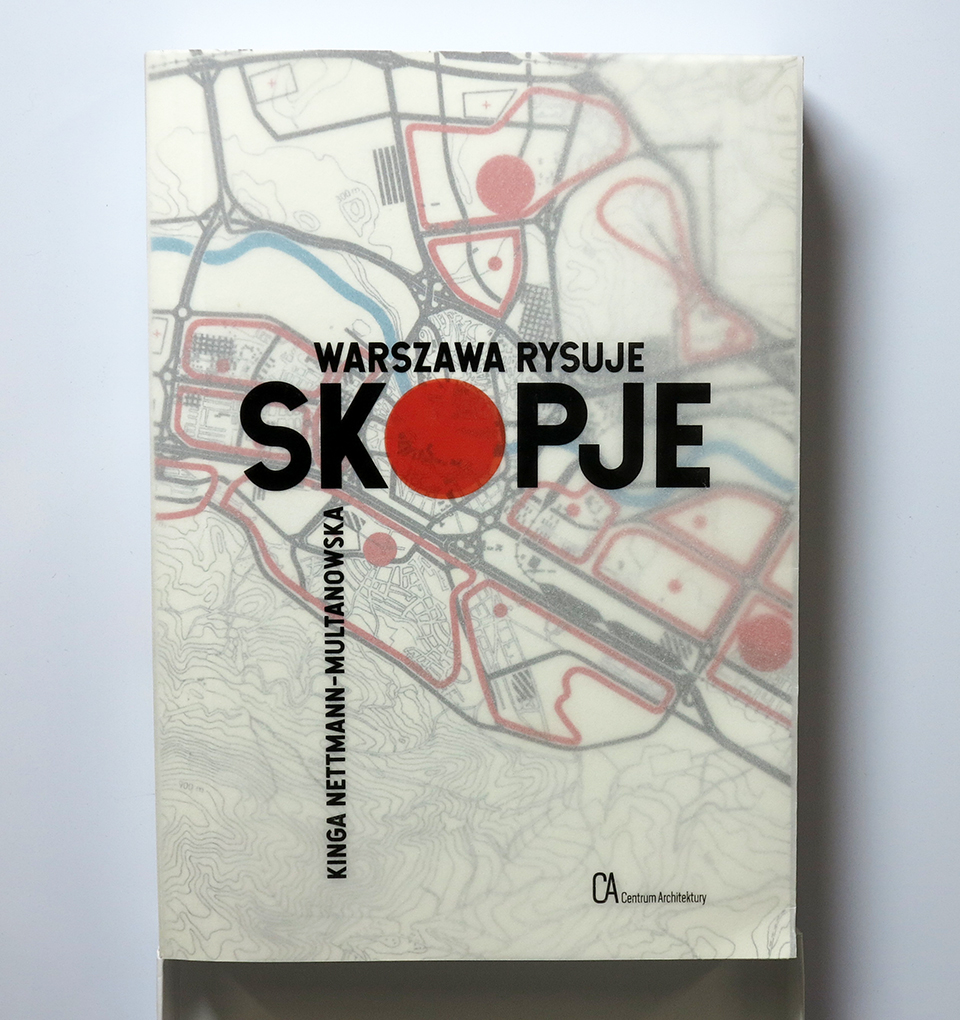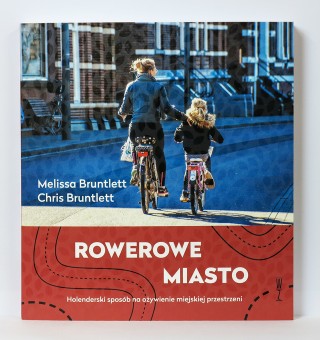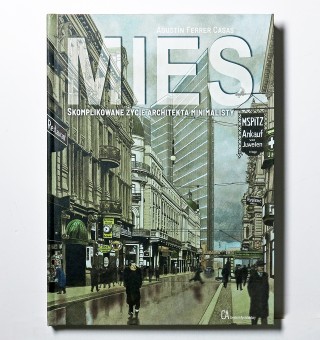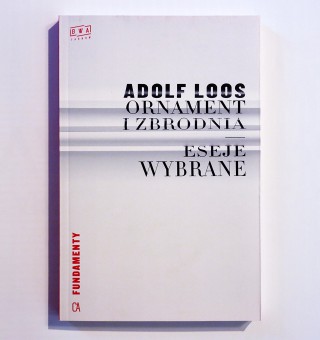“Warszawa rysuje Skopje” is a little-known and hitherto untold story of a great international success story of Polish soft-power, based on the knowledge and experience of Warsaw urban planners who took part in the UN project to rebuild Skopje, destroyed in the 1963 earthquake, co-developing the Master Plan (general plan) of the city. The Warsaw ‘Skopje team’ working in Macedonia was made up of people with exceptional biographies - including Stanisław ‘Agaton’ Jankowski (its head), Stanisław ‘Orsza’ Broniewski, Bohdan Jastrzębski, Zbigniew Galperyn, Kazimierz Marczewski and Juliusz Wilski. The director of the Skopje Plan Project on behalf of the UN Special Fund was Adolf Ciborowski (Chief Architect of Warsaw before his trip to Skopje). Warsaw urban planners worked in Skopje with international celebrities such as Constantinos Doxiadis, Kenzō Tange and Arata Isozaki (co-designer of the Manggha in Kraków).
 In this book, Kinga Nettmann-Multanowska also reveals the history of the Polish collection from the Museum of Contemporary Art in Skopje, a gift from Polish artists to the city (more than 200 works of art), and describes the history of the Museum building, whose designers were Polish architects - the Warsaw “Tigers”: Wacław Kłyszewski, Jerzy Mokrzyński and Eugeniusz Wierzbicki. The ever-present protagonist of this multithreaded story is the city of Skopje itself - a unique place with many identities, the capital of outstanding Brutalist architecture and spectacular architectural kitsch created in the recent past.
In this book, Kinga Nettmann-Multanowska also reveals the history of the Polish collection from the Museum of Contemporary Art in Skopje, a gift from Polish artists to the city (more than 200 works of art), and describes the history of the Museum building, whose designers were Polish architects - the Warsaw “Tigers”: Wacław Kłyszewski, Jerzy Mokrzyński and Eugeniusz Wierzbicki. The ever-present protagonist of this multithreaded story is the city of Skopje itself - a unique place with many identities, the capital of outstanding Brutalist architecture and spectacular architectural kitsch created in the recent past.
The book takes the form of a historical reportage, featuring interviews and conversations conducted in recent years with urban planners from the ‘Skopje team’ and artists who have donated their work to the city. The story is based on rich and unique archival material - photographs, diaries, letters, documents, e.g. from the Archives of the Ministry of Foreign Affairs (including reports, ciphertexts, correspondence), the Archives of New Records, the NAC, the Skopje City Archives, newspaper clippings. The narrative is accompanied by Macedonian poetry and abundant iconography.
















































































































































































































































































































































